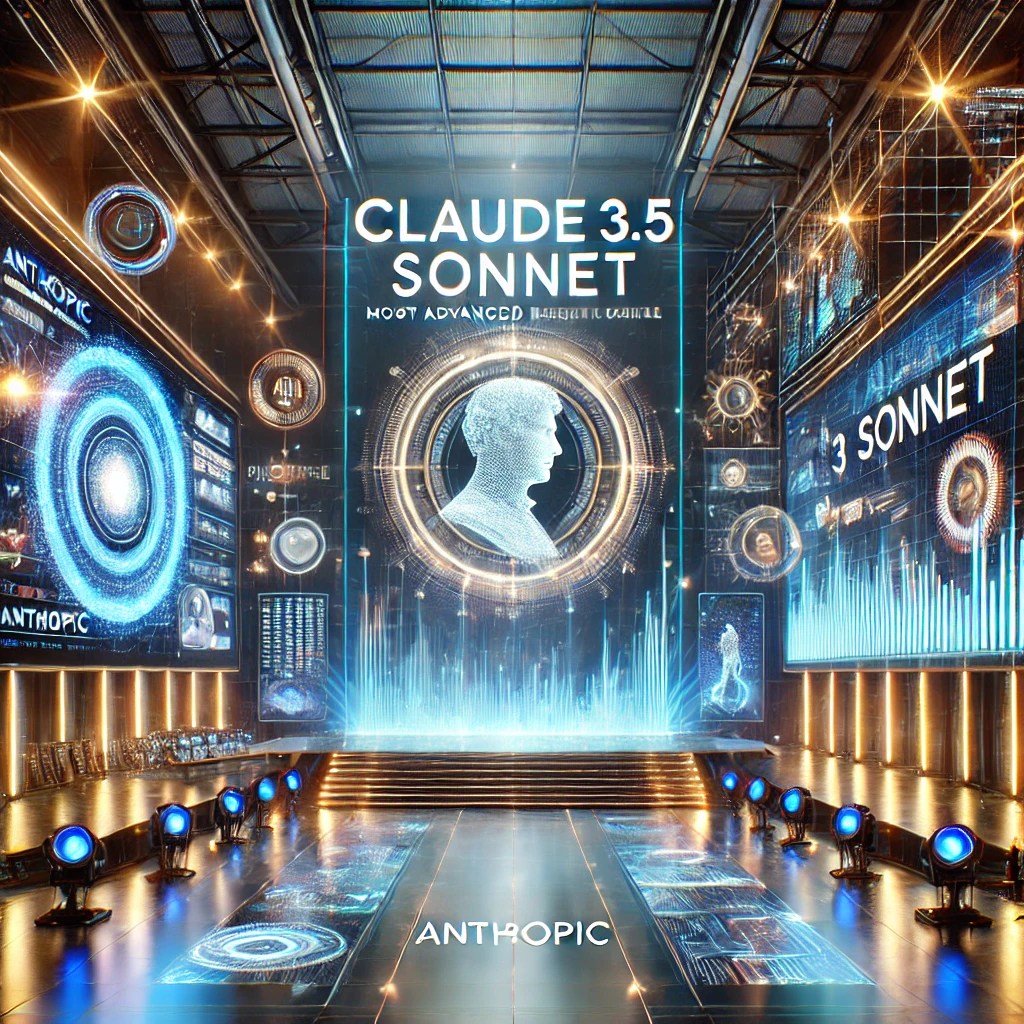As the world of generative artificial intelligence continues to evolve rapidly, one of the leading companies in the field, Anthropic, recently launched its latest flagship model, Claude 3.5 Sonnet. This new model aims to surpass its predecessors and challenge major competitors, such as OpenAI and its GPT-4o model. But is it really as significant a step forward as Anthropic claims? Let’s explore more closely the features and implications of this new AI model.
Impressive Benchmark Performance
According to Anthropic, Claude 3.5 Sonnet offers significantly better benchmark performance than previous models in the Claude series. Through a series of tests on reading, coding, math, and vision tasks, the new model was shown to outperform not only its predecessor, Claude 3 Sonnet, but also the company’s previous flagship model, Claude 3 Opus. Although benchmarks are not necessarily the best yardstick for AI progress, these results are nonetheless noteworthy and indicate a tangible improvement in the model’s capabilities.
Key Improvements
In addition to the benchmark results, Claude 3.5 Sonnet has some key improvements over previous versions. In particular, the model has a greater understanding of more subtle and complex instructions as well as concepts such as humor-an aspect notoriously difficult for AI to master. In addition, the model is significantly faster, at about twice the speed of Claude 3 Opus, making it more suitable for applications that require quick responses, such as chatbots for customer service.
Improvements in Artificial Vision.
Another area of significant improvement for Claude 3.5 Sonnet is the image analysis capability. The new model can more accurately interpret graphs and diagrams, as well as transcribe text from “imperfect” images, such as those with distortions and visual artifacts. This represents a major step forward from the computer vision capabilities of Claude 3 Opus.
Secrets about Model Formation
Although Anthropic did not reveal in detail the training data used for Claude 3.5 Sonnet, product lead Michael Gerstenhaber said that the model draws much of its strength from these datasets, which also include data generated by the AI itself. This choice could be motivated by competitive reasons, but also to avoid potential legal challenges related to the use of copyrighted data.
Alignment with User Intentions.
In addition to training data, Anthropic has also worked to align Claude 3.5 Sonnet with user intentions, in hopes of preventing the generation of toxic or problematic text. This “alignment” effort is an important aspect of developing safe and reliable AI models.
Context and Availability
The Claude 3.5 Sonnet model maintains the same context of 200,000 tokens (about 150,000 words) as its predecessors. Currently, the new model is available for free to users of Anthropic’s web client and the Claude iOS app, while subscribers to the paid Claude Pro and Claude Team plans have higher speed limits. Claude 3.5 Sonnet is also available through the Anthropic API and on managed platforms such as Amazon Bedrock and Google Cloud’s Vertex AI.
Artifacts: A New Interface to Interact with the Model.
Along with the launch of Claude 3.5 Sonnet, Anthropic introduced a new feature called Artifacts. This dedicated interface allows users to edit and add content generated by Anthropic’s models, such as code snippets, text documents, or website designs. Artifacts gives developers a tool to iterate and refine AI-generated content.
Incremental and Non-Revolutionary Progress.
Although Claude 3.5 Sonnet represents an improvement over previous models, Gerstenhaber acknowledges that it is an incremental advance rather than a revolutionary breakthrough. This reflects the current trend in the field of generative AI, where major players such as Google and OpenAI have launched marginal updates to their flagship models in recent months.
Challenges in Model Architecture and Training.
According to Gerstenhaber, the lack of performance jumps comparable to that from GPT-3 to GPT-4 is due to the inflexibility of current model architectures and the enormous amount of computation required to train them. These technical limitations appear to be holding back more radical advances in generative AI.
Priority on Efficiency and Accessibility
Rather than focusing only on increasingly powerful models, Anthropic appears to have taken a more strategic approach, investing in the development of products such as Claude 3.5 Sonnet to offer slightly better performance at affordable prices. This choice reflects the importance of providing developers and companies with efficient and affordable AI tools, regardless of technical specifications.
Article source here.

